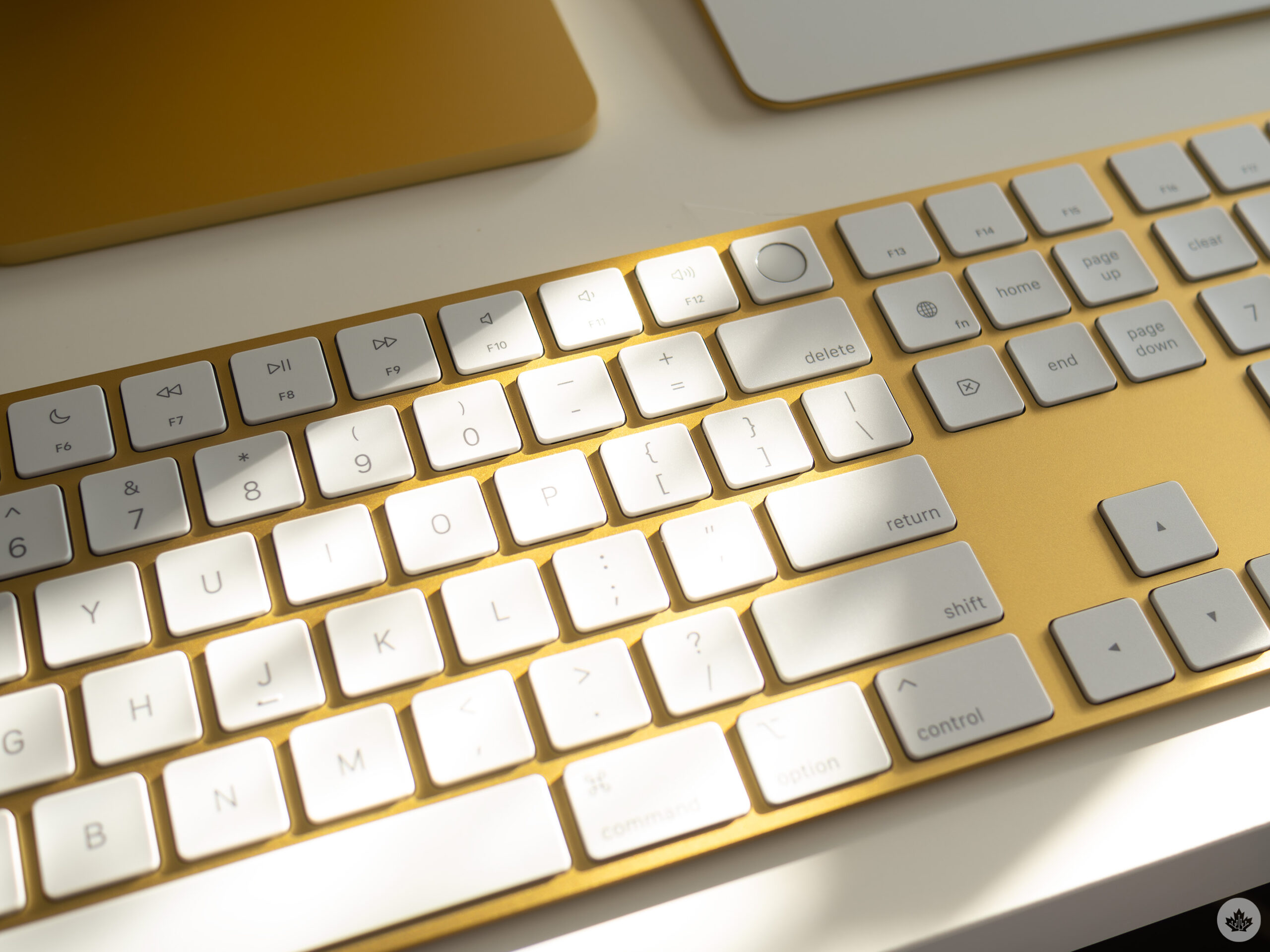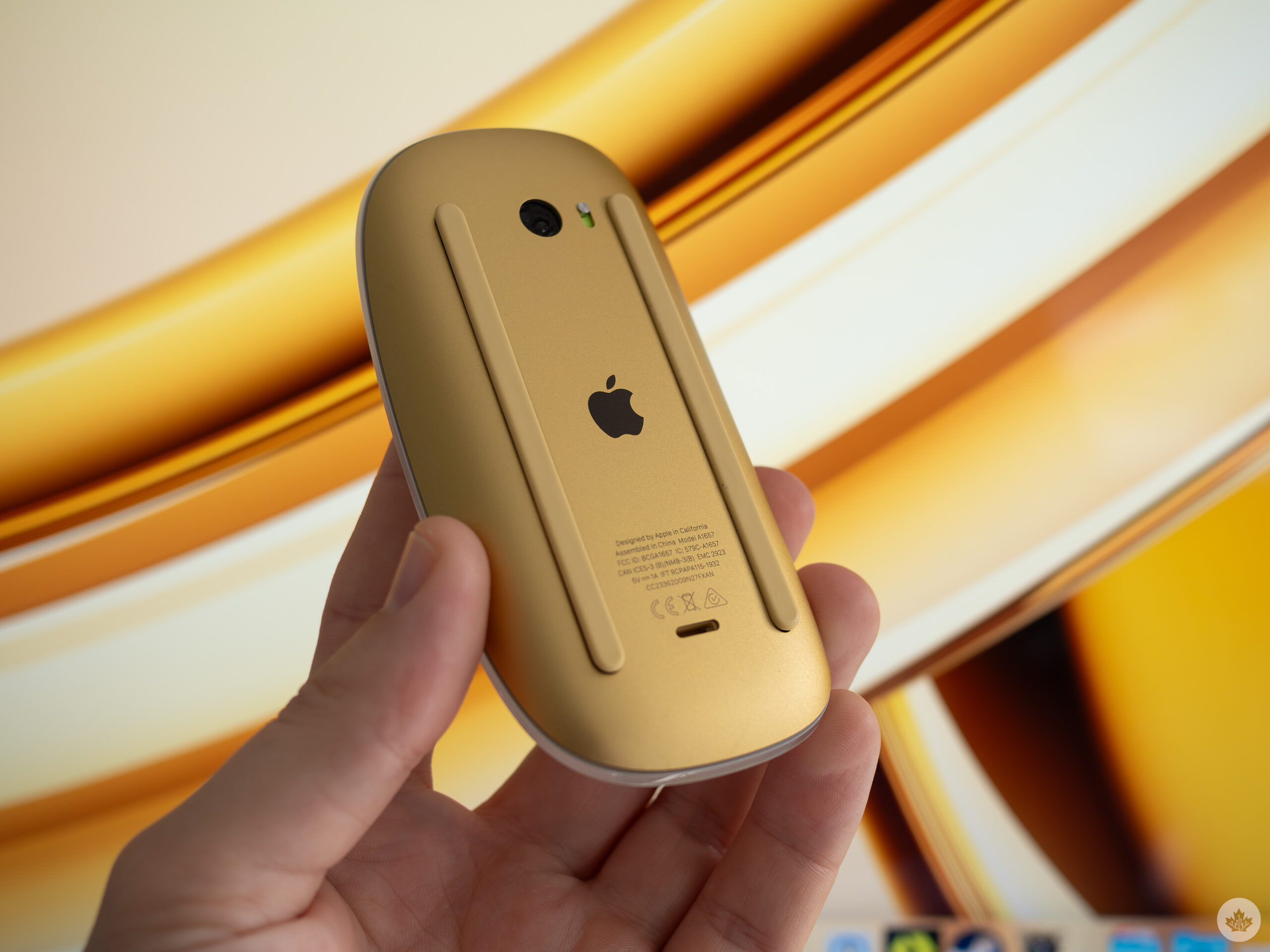In a surprise move, Apple revealed its M3 series-powered 14-inch/16-inch MacBook Pro and iMac a few months ahead of when most analysts and rumours predicted they’d arrive.
Whether this is an effort on the tech giant’s part to pre-empt underperforming Q4 2023 Mac earnings (spoilers: it probably is), promising Wall Street stronger computer sales during the busy holiday shopping season, or it’s Apple aiming to get ahead of Intel’s rumoured 15th-Gen Arrow Lake chips, the M3 line is here under a year after the release of the M2 series.
With all of this in mind, how does the M3 series stack up against the M1? Why didn’t the Apple compare the M3 to the M2 more during its ‘Scary Fast’ hardware event? And most importantly, are there more differences between Apple’s M3 MacBook Pro and iMac compared to their predecessors?
Let’s get into it.
Benchmarks
Strangely, single-core performance of the M3 is slightly above the M3 Max’s single-core benchmarks. I ran the benchmarks with the latest version of Cinebench and received results that were more in line with what I expected (the data set is different from the above Cinebench R32 tests, however): M3 iMac – 140 single-core, multi-core 636/M3 Max MacBook Pro – single-core 140 multi-core 1363
Notably, the M3 Max in the MacBook Pro benchmarks under the Mac Studio’s M2 Max chip.
M3 MacBook Pro
First off, it’s important to point out that Apple’s 14-inch and 16-inch MacBook Pro are nearly identical to their predecessors, with a few notable exceptions, particularly regarding the new base-level 14-inch MacBook Pro.
With the 13-inch MacBook Pro with a Touch Bar now dead (RIP), Apple has introduced a new entry-level 14-inch M3 MacBook Pro. This configuration has a few downsides, though. For example, at the bottom level, it only features 8GB of RAM alongside its 8-core CPU/10-core GPU, and upping the RAM to 16GB costs an extra $250. It’s true macOS requires less RAM than Windows to operate smoothly, but if you use a dual monitor setup and plan to run several apps simultaneously alongside a handful of browser windows, that memory can get eaten up very quickly, leading to lag.
I now want all of my Apple devices to be ‘Midnight Black.’ I’m a sucker for it’s dark hue that plays with light in unique ways.
In 2023, it’s ridiculous the $2,099 M3 MacBook Pro doesn’t offer 16GB of RAM to start (it’s also a substantial price increase over the discontinued $1,699 13-inch MacBook Pro, but well under the $2,599 14-inch MacBook Pro M2 Pro starting price). Still, depending on what you plan to actually do with the laptop, 8GB might be enough, though I’d argue that if you fall into this category, you’re likely better off with the M2 MacBook Air or, eventually, the M3 MacBook Air whenever it inevitably releases (the MacBook Pro’s 120Hz ProMotion display is great, but it’s not that impressive).
There are only two Thunderbolt/USB-C ports on the M3 MacBook Pro, compared to the three the M3 Pro and M3 Max versions offer. This isn’t a deal breaker for me as I use CalDigit’s TS3 Plus Thunderbolt-powered dock, but it could be an issue for some, especially if you plug a lot of accessories into your laptop while on the go. Thankfully, the base-level M3 still features a full-sized HDMI port and an SD card reader, just like the M3 Pro and M3 Max configurations.
“Whether the M3 series MacBook Pro or M3 iMac is a worthwhile upgrade for you depends on what device you’re currently using.”
What’s more frustrating is the 14-inch M3 Pro is still limited to outputting to one external display at 60Hz up to 6K, similar to the defunct 13-inch MacBook Pro, despite the laptop’s ample power. You can get around this limitation with the help of adapters, but it’s weird the M3 MacBook Pro doesn’t offer this functionality out of the box.
M3 Pro/M3 Max MacBook Pro
On the M3 Pro and M3 Max side, things are a little more expected, but there are also a few surprises worth mentioning.
For example, while the M2 Pro and M3 Pro feature a 12-core CPU, the M3 Pro has six high-performance cores and six efficiency cores, while the M2 Pro features eight high-performance cores and four efficiency cores. This means that the M3 Pro’s gains over the M2 Pro aren’t that high, despite its 3nm process, compared to the M2 Pro’s 5nm (to be clear, I haven’t run formal benchmarks on the M3 Pro myself, given Apple sent me only the M3 Max, but these early benchmarks indicate this is the case). The fact that the M3 Pro offers less memory bandwidth and features one less GPU core than the M2 Pro adds to this diminishing return, too.
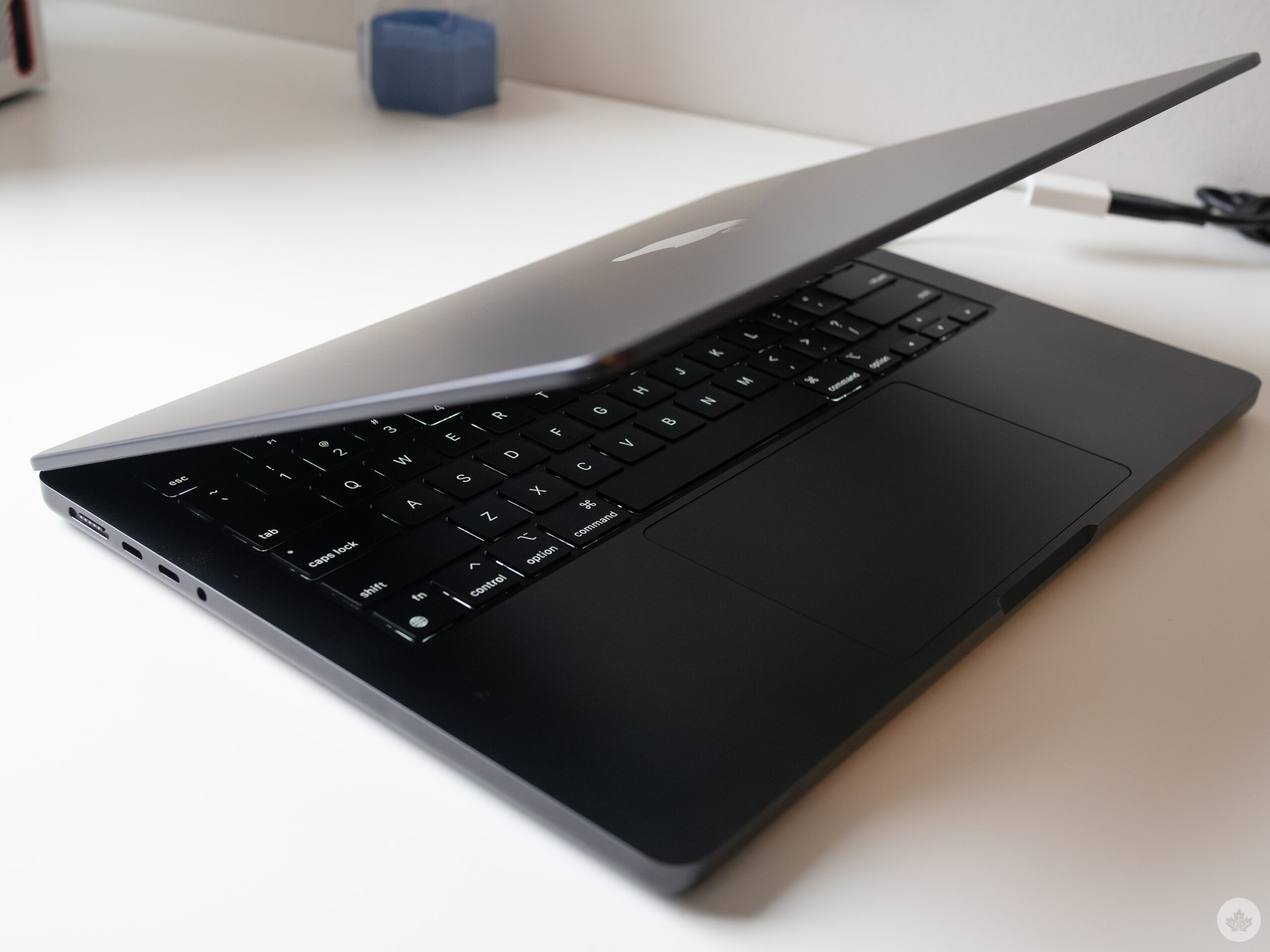
For the first time, Apple is offering its base-level chip in the 14-inch MacBook Pro.
This creates more differentiation between the M3 Pro and the M3 Max, which, as you can see from the benchmarks in this story, offers a much greater leap thanks to its jump to a 14-core CPU/30-core GPU versus the M2 Max’s 12-core CPU/30-core GPU. The M3 Max-powered MacBook Pro Apple provided me with for this story features 96GB of RAM alongside a 14-core CPU/30-core GPU, making it a pricey beast of a machine.
Regarding my own experience with the M3 Pro versus the M2 Pro MacBook Pro I’ve used for the past several months, I didn’t notice any notable performance changes in real-world use, which is to be expected given how I use the laptop. My workflow includes a lot of Firefox browser windows across the M3 Pro MacBook Pro display and my 4K LG 27GP950-B monitor, alongside at least a few layered images being edited in Photoshop CC and Lightroom CC (I also did a bit of gaming with the M3 Max MacBook Pro, which I’ll talk about later).
The 14‑inch/16-inch MacBook Pro with M3 Pro starts at $2,699 and $3,299, respectively. The M3 Max version of the 14-inch/16-inch MacBook Pro will ship later in November and starts at $4,349 and $4,649, respectively.
‘Space Black’ everything
Apple’s new ‘Space Black’ MacBook Pro colour is more like a slightly darker version of ‘Space Gray’ than black, but it looks stunning nonetheless, especially when the light hits it at certain angles. There’s a very cool sheen to the colourway that I’ve found myself constantly glancing at while writing this story.
What’s most notable about Space Black is the anodization seal that prevents most grease and smudges from getting on the laptop. When Apple mentioned this during its keynote, I assumed it was just marketing, but to my surprise, it was tough to get grease to appear on the Space Black M3 MacBook Pro I’ve been using for the last few days. If your hands are exceptionally grimy, it’s still possible and isn’t entirely as perfect as I initially thought, but it happens so infrequently it’s shocking.
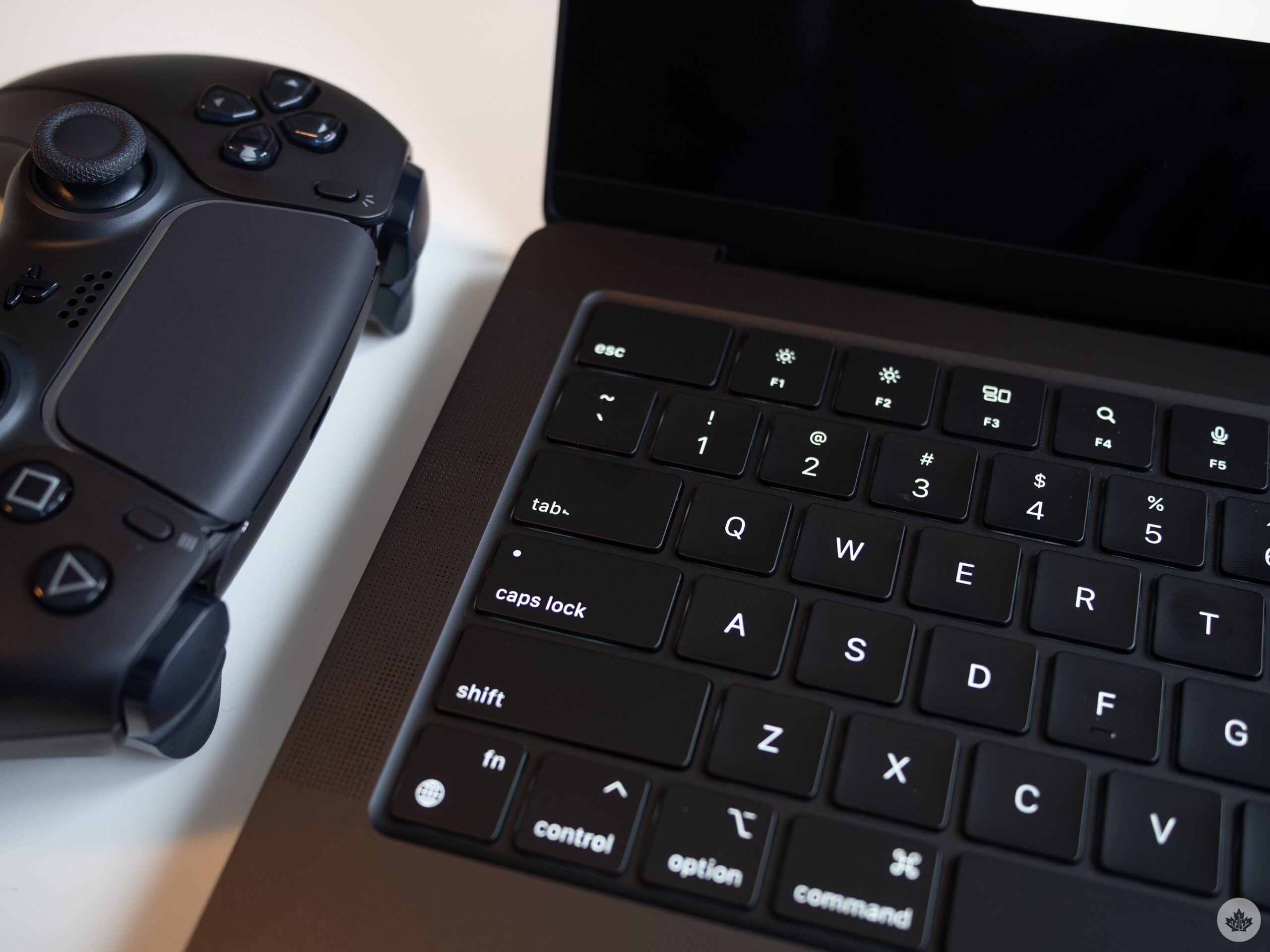
I’m impressed with how difficult it is to smudge Apple’s new ‘Space Black’ colour thanks to its special coating.
It’s unclear if Apple has also solved the problem that caused the ‘Midnight Blue’ MacBook Air to chip around its ports. Hopefully, this new anodization seal will make its way to all of Apple’s products in the future, including the iPhone. Unfortunately, you can’t get the base-level M3 MacBook Pro in this fantastic new colour because Apple has made the strange decision to keep it exclusive to the M3 Pro and M3 Max.
Now, if only Apple could find a way to stop the MacBook Pro’s keyboard coating from slowly wearing away after a few months.
M3 24-inch iMac
I often describe the 24-inch iMac as one of the best-designed products Apple has ever released, and I stand behind that, even though I also think its audience is increasingly very limited. The era of the all-in-one family computer is a thing of the past now that most families have their own personal devices, whether that’s a smartphone or a laptop of some sort. Still, for those clinging to the concept of a “computer room” with a shared device everyone in the family uses, the iMac remains one of the best options out there (sorry Apple, no one is putting an iMac in their kitchen).
But the 24-inch iMac isn’t perfect, and this M3 refresh could have been a great opportunity for Apple to solve some of its shortcomings.
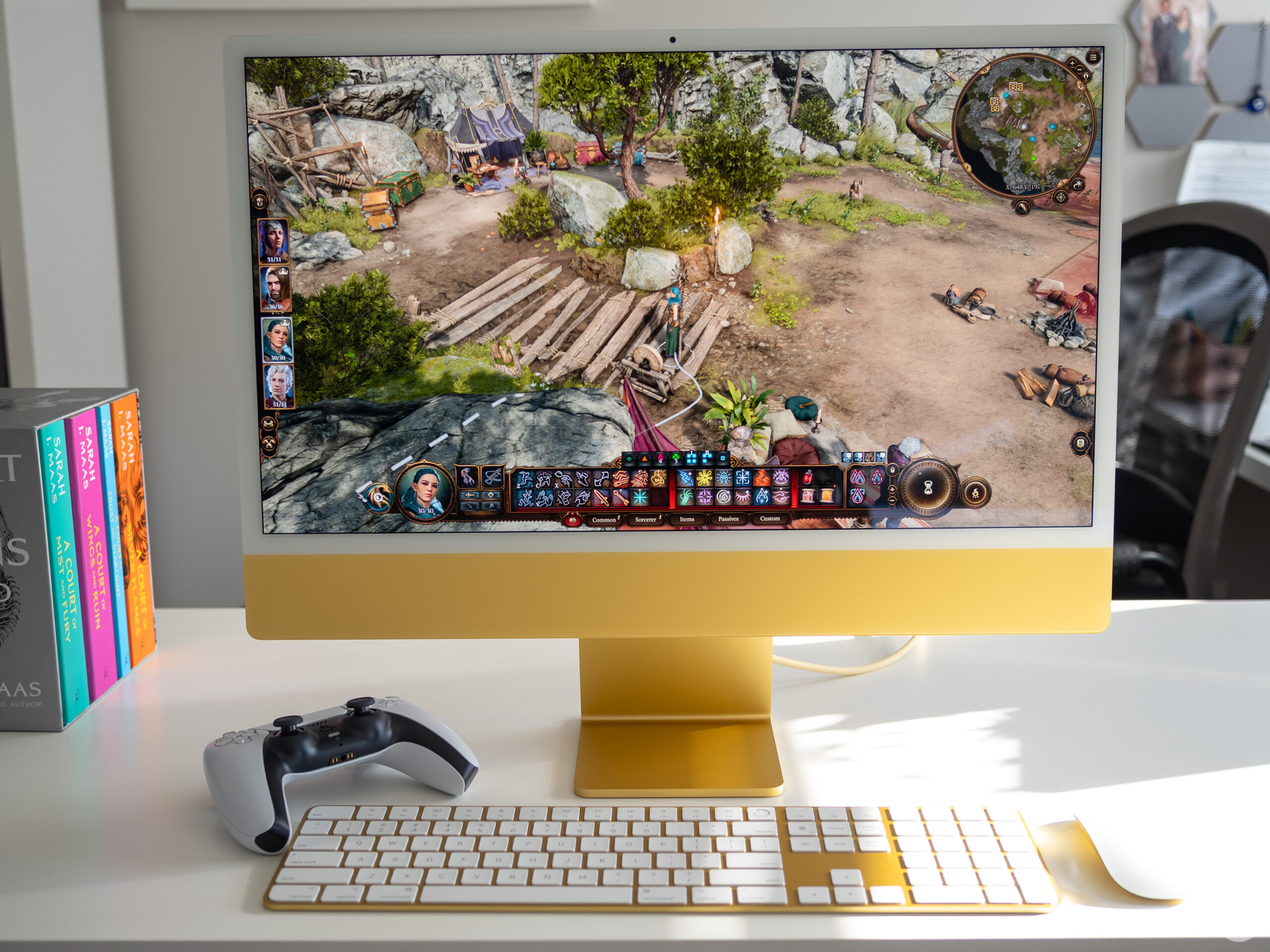
Playing Baldur’s Gate 3 on the M3 iMac feels like something that should be impossible, but it works.
On the positive side, the iMac is stunning in any colour, whether you opt for ‘Yellow,’ ‘Blue,’ ‘Orange’ or one of the several other bright colourways (I wish Apple added a few new colour options alongside the M3 chip, though).
While I find the white bezels are a cool throwback to the bygone era of Apple’s mid-2000s design, I can also understand why they don’t appeal to everyone — especially given most Windows laptops and even Apple’s own MacBooks feature very minimized black borders. That said, the all-in-one’s 24-inch 4.5K Retina display remains just as stunning as its predecessor’s, offering one of the best screens around for a surprisingly reasonable $1,699 starting price.
I also would have liked Apple to add a more adjustable stand to the iMac, allowing users to move it slightly higher or tilt at other angles, although this is a minor issue. The most notable problem Apple could have solved is bringing four USB-C/Thunderbolt ports to every version instead of specific colours and the more expensive 8-core/10-core GPU configuration.
Then there’s the issue of the iMac’s accessories still featuring Lightning ports and not USB-C like nearly every product Apple sells now, including even the iPhone 15/iPhone 15 Pro. My best guess is Apple’s M3 launch was somewhat hastily pulled together a few months ahead of its original schedule to appease investors and that the USB-C versions of its Magic Mouse, Magic Trackpad and Magic Keyboard just weren’t ready. Hopefully, a complete redesign of the Mouse that doesn’t feature its charger on its front is also in the works. We’ll likely see USB-C versions of these accessories quietly appear at some point in the next few months.
As you can see from the benchmarks above, the M3 iMac is a powerhouse and a notable step above 2021’s M1. Along with editing images and spending a few hours working through my regular workflow that includes ample browser windows, I spent some time gaming on the iMac (which felt like it was something I shouldn’t be able to do). For example, at medium graphic settings and 1440p, Baldur’s Gate 3 ran relatively smoothly. That said, the 24GB of RAM instead of the 8GB standard the iMac typically comes with likely helped with this, alongside the two additional two GPU cores.
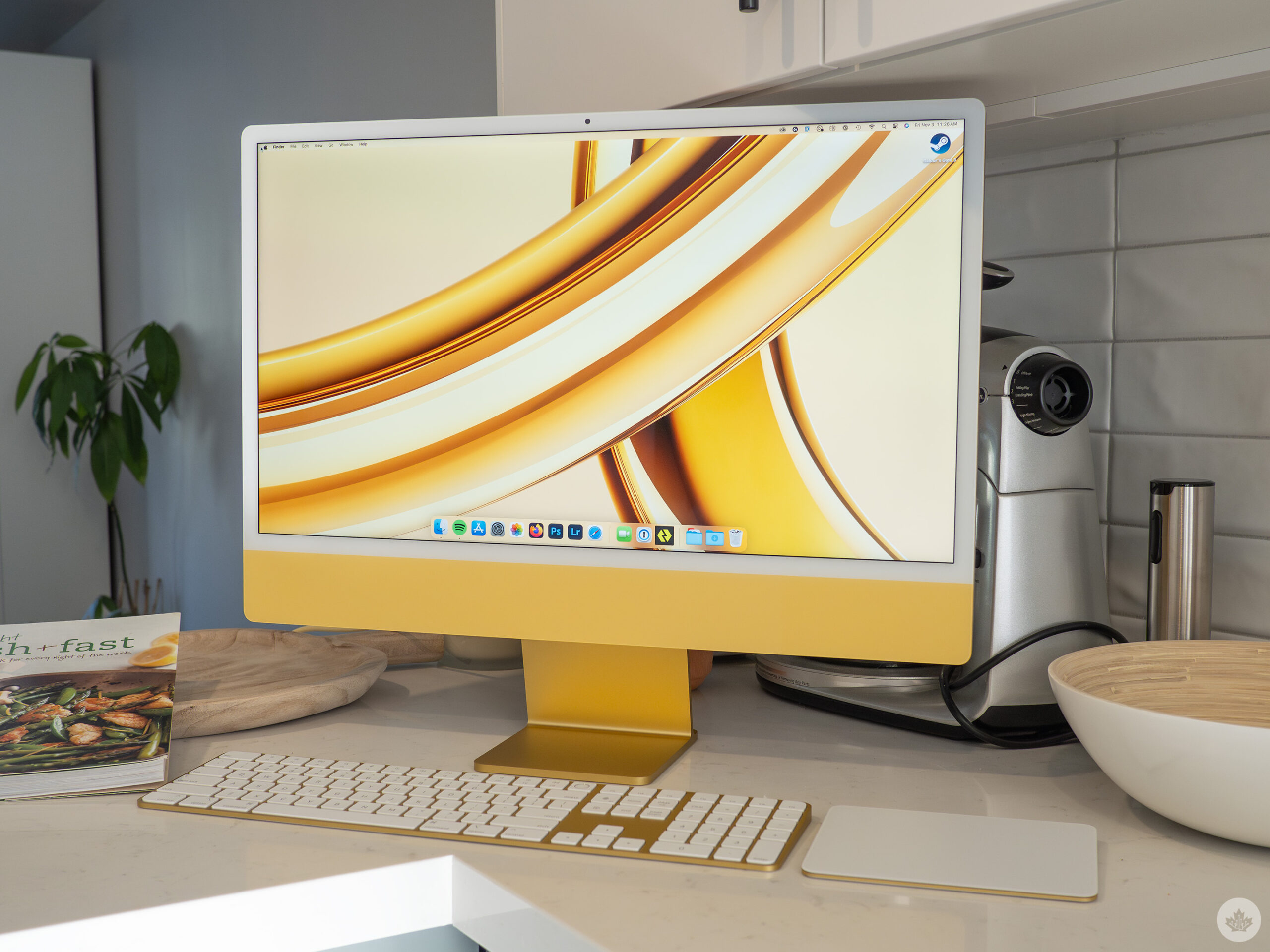
Are you happy Apple? I put the iMac in my kitchen for a few hours.
The all-in-one’s fans work overtime to keep the M3 chip cooled when it’s under a heavy load, which is something I was able to make happen while gaming and when editing several photos simultaneously, but the iMac runs surprisingly smoothly through it all. Of course, Baldur’s Gate 3 also runs great on the M3 Max MacBook Pro I’ve tested for the last few days.
What’s best for you?
Whether the M3 series MacBook Pro or M3 iMac is a worthwhile upgrade for you depends on what computer you’re currently using. Those running an M1 chip and who care about ample horsepower might want to consider an upgrade given how notable the performance gains are in some cases, but even then, I’d be hesitant. For most people, especially those with higher-end chips, even Apple’s 1st-Gen silicone will still be powerful enough for their needs despite it being several years old at this point.
There’s even less of a reason to upgrade if you’re rocking an M2 series chip, especially the M2 Pro, though there are notable gains with the M3 Max over the M2 Max.
On the other hand, those moving from an older Intel-based Mac and who have been waiting for the dust to settle surrounding Apple’s chips now have several solid upgrade options, including the new entry-level M3 that will likely fit most people’s needs if they find value in its extra power and higher-end 120Hz display — especially if you need a laptop now and can’t wait for the M3 MacBook Air (don’t forget about that disappointing 8GB of RAM starting configuration, though).
MobileSyrup utilizes affiliate partnerships. These partnerships do not influence our editorial content, though we may earn a commission on purchases made via these links that help fund the journalism provided free on our website.

